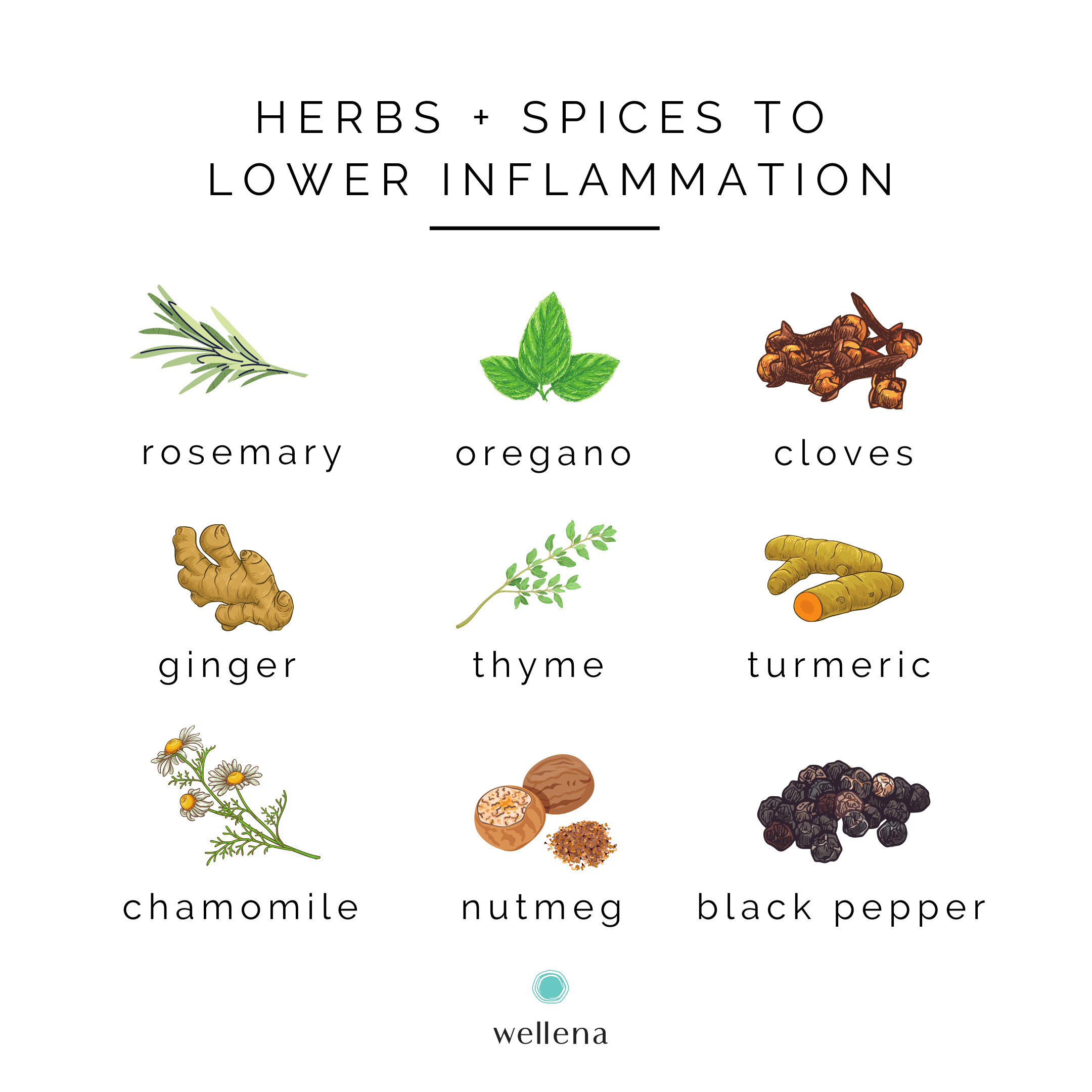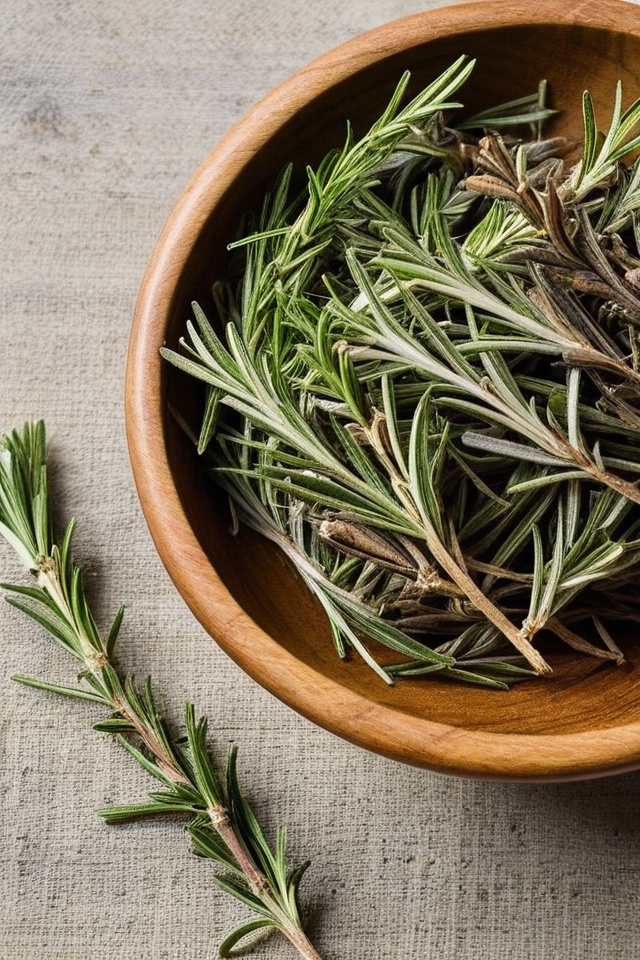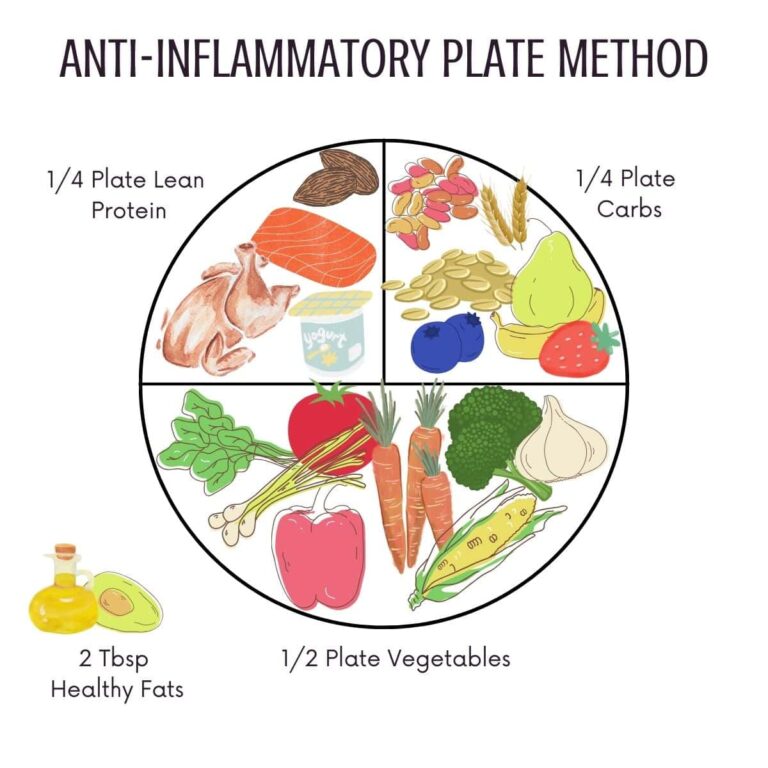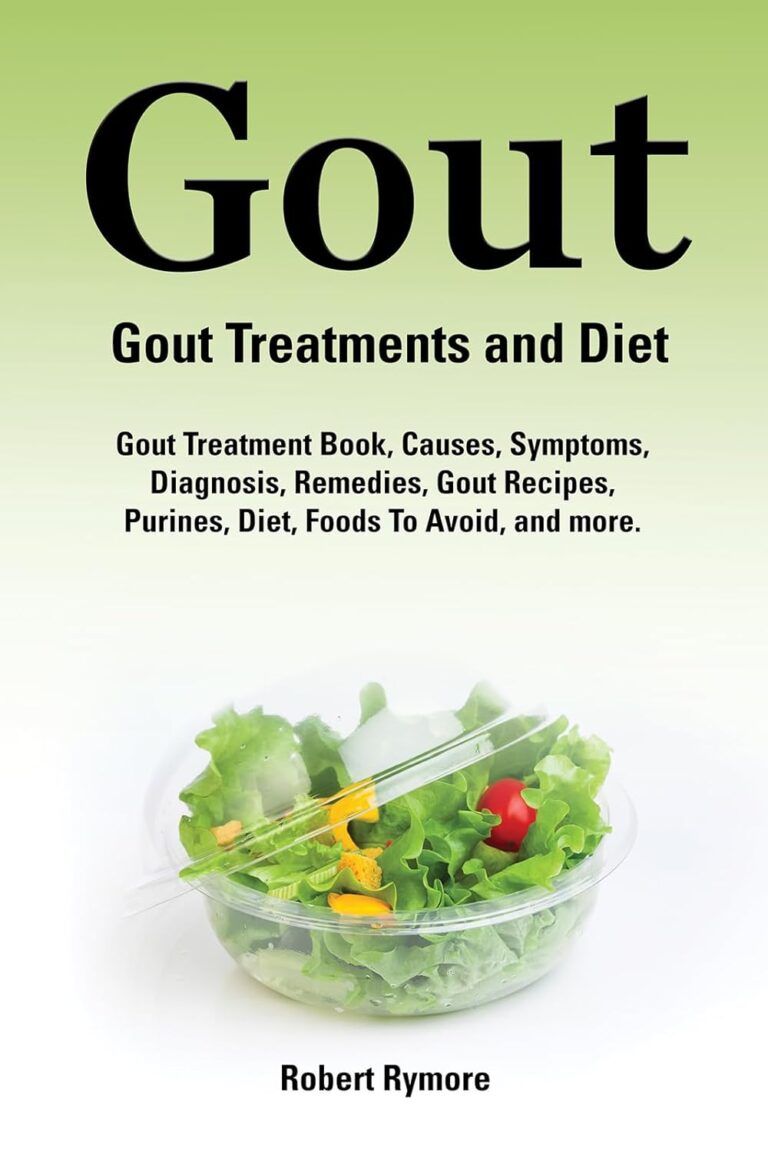Quell the Fire: Natural Ways Rosemary Reduces Chronic Inflammation
The Unseen Ember: Understanding Chronic Inflammation
In the intricate landscape of human health, an unseen adversary often smolders, slowly but relentlessly eroding well-being. This adversary is chronic inflammation – a persistent, low-grade immunological response that, unlike its acute counterpart, offers no quick resolution. Acute inflammation is a vital, protective mechanism: a sprained ankle swells, a cut reddens, signaling the body’s swift and efficient repair crew at work. It’s a fire that burns brightly and briefly, clearing debris and setting the stage for healing.
Chronic inflammation, however, is a different beast entirely. Imagine a fire that never quite goes out, lingering as a persistent, low flame, slowly consuming everything in its path. It doesn’t present with the dramatic heat, pain, and swelling of an acute injury. Instead, its symptoms are often subtle, insidious, and easily dismissed: persistent fatigue, brain fog, unexplained aches, digestive issues, skin problems, or a general sense of malaise. Yet, beneath this seemingly innocuous facade, a silent war rages at the cellular level, gradually damaging tissues, organs, and systems.
The medical community has increasingly recognized chronic inflammation not merely as a symptom, but as a root cause or significant contributor to a vast array of modern diseases. From the well-known culprits like rheumatoid arthritis, inflammatory bowel disease, and asthma, to seemingly unrelated conditions such as cardiovascular disease, type 2 diabetes, certain cancers, neurodegenerative disorders like Alzheimer’s and Parkinson’s, and even mood disorders, the fingerprints of chronic inflammation are everywhere. It is a fundamental disruption of the body’s delicate homeostatic balance, pushing it towards a state of perpetual stress and decline.
Conventional medicine offers a range of anti-inflammatory drugs, from NSAIDs (non-steroidal anti-inflammatory drugs) to corticosteroids and potent biologics. While these can be life-saving and provide significant relief for many, they often come with a formidable list of side effects, ranging from gastrointestinal distress and kidney damage to increased risk of infection and cardiovascular events. This reality has fueled a growing quest for natural, sustainable, and less intrusive ways to manage the inflammatory fire, to gently quell it rather than douse it with harsh chemicals. It is within this quest that the ancient wisdom of herbal medicine, now increasingly validated by modern science, offers a compelling narrative, with one particular herb emerging as a potent, aromatic ally: rosemary.
Rosemary: A Story of Ancient Wisdom and Modern Validation
Before delving into its molecular prowess, it’s essential to understand rosemary not just as a plant, but as a living legacy. Rosmarinus officinalis, its scientific name, literally translates from Latin as "dew of the sea," a poetic nod to its preferred coastal habitats and the glistening droplets often found on its leaves. For millennia, this evergreen shrub, with its needle-like leaves and delicate blue flowers, has woven itself into the fabric of human culture, medicine, and folklore across the Mediterranean basin and beyond.
The story of rosemary begins in antiquity. Ancient Greeks revered it, associating it with memory and intellect. Scholars would weave rosemary sprigs into their hair during examinations, believing it would enhance their cognitive abilities – a belief that, as we shall see, science is beginning to corroborate. The Romans adopted it readily, using it not only in their culinary arts but also in religious ceremonies, as a symbol of remembrance, and for its purported medicinal properties, particularly for digestive and respiratory ailments. Egyptians included rosemary in their burial rituals, finding solace in its enduring fragrance.
Throughout the Middle Ages and Renaissance, rosemary’s reputation continued to flourish. It was a staple in monastic gardens, prized for its medicinal applications, from treating headaches and improving circulation to warding off plagues. It became a symbol of love and fidelity, often exchanged between lovers and incorporated into wedding ceremonies. Its aromatic smoke was used to purify the air, repel insects, and even believed to dispel negative energy. The rich tapestry of its history paints a picture of an herb deeply intertwined with human well-being, cherished for its versatility and perceived power.
Yet, for centuries, the mechanisms behind rosemary’s therapeutic effects remained shrouded in mystery, attributed to an ethereal "life force" or simply tradition. It is only in the modern era, with the advent of sophisticated analytical chemistry and molecular biology, that scientists have begun to unravel the complex symphony of compounds within rosemary, finally providing evidence-based explanations for the wisdom of the ancients. This bridge between ancient folklore and cutting-edge science is where rosemary’s true story as a natural anti-inflammatory agent truly begins.
The Molecular Arsenal: How Rosemary Quells the Fire
The unassuming sprig of rosemary is, in fact, a miniature biochemical factory, producing a remarkable array of compounds that collectively contribute to its potent therapeutic effects. It’s not a single "magic bullet" but a synergistic orchestra of phytochemicals working in harmony. Among the most prominent anti-inflammatory players are:
- Carnosic Acid and Carnosol: These diterpenes are often considered the superstars of rosemary’s anti-inflammatory and antioxidant profile. They are incredibly potent, even in small concentrations.
- Rosmarinic Acid: A powerful phenolic compound, also found in other Lamiaceae family members like mint and basil. It is a significant contributor to rosemary’s antioxidant and anti-inflammatory actions.
- Essential Oils (Terpenes): Compounds like alpha-pinene, camphor, 1,8-cineole (eucalyptol), and limonene contribute to rosemary’s distinctive aroma and possess their own individual and synergistic therapeutic properties, including anti-inflammatory and analgesic effects.
- Flavonoids: Quercetin, luteolin, and apigenin are among the flavonoids present, further bolstering the plant’s antioxidant and anti-inflammatory capacity.
These compounds don’t just exist; they actively engage in a sophisticated molecular dance within the body, targeting key pathways involved in chronic inflammation.
The Antioxidant Powerhouse: Neutralizing Oxidative Stress
One of the primary drivers of chronic inflammation is oxidative stress. This occurs when there’s an imbalance between the production of harmful free radicals (unstable molecules that damage cells) and the body’s ability to neutralize them with antioxidants. Think of free radicals as tiny sparks constantly trying to ignite fires within your cells. If your antioxidant defenses are low, these sparks can indeed start a chain reaction, leading to cellular damage and, critically, the initiation and perpetuation of inflammatory processes.
Rosemary’s compounds, particularly carnosic acid, carnosol, and rosmarinic acid, are exceptional antioxidants. They act as free radical scavengers, directly neutralizing these damaging molecules before they can wreak havoc. But their action goes deeper. They also activate the Nrf2 pathway, a master regulator of antioxidant and detoxification genes in the body. By upregulating Nrf2, rosemary essentially tells the body’s own internal antioxidant defense system to kick into high gear, producing more of its endogenous antioxidants like glutathione and superoxide dismutase. This dual action – direct scavenging and boosting endogenous defenses – makes rosemary a formidable opponent against oxidative stress, thereby cutting off a major fuel source for the inflammatory fire.
Modulating Inflammatory Pathways: Precision Targeting
Beyond general antioxidant effects, rosemary’s compounds directly intervene in specific inflammatory signaling pathways.
-
NF-κB Inhibition: The Nuclear Factor Kappa B (NF-κB) pathway is a central control hub for inflammation. When activated, it triggers the expression of numerous genes that produce pro-inflammatory cytokines (signaling molecules like TNF-α, IL-1β, IL-6), chemokines, and adhesion molecules – essentially, it’s the command center sending out inflammatory troops. Studies have shown that carnosic acid and rosmarinic acid can inhibit the activation of NF-κB. By dampening this central switch, rosemary effectively reduces the production of a cascade of inflammatory mediators, thus lowering the overall inflammatory burden.
-
COX-2 Enzyme Inhibition: Cyclooxygenase-2 (COX-2) is an enzyme responsible for producing prostaglandins, which are lipid compounds that contribute significantly to pain, fever, and inflammation. Many conventional NSAIDs work by inhibiting COX enzymes. Rosemary’s compounds, particularly carnosic acid and rosmarinic acid, have demonstrated the ability to inhibit COX-2 activity, similar to how some pharmaceutical drugs work, but often with a gentler profile. This helps reduce inflammatory pain and swelling.
-
Cytokine Modulation: Rosemary has been shown to reduce the levels of key pro-inflammatory cytokines like Tumor Necrosis Factor-alpha (TNF-α) and Interleukin-6 (IL-6). These cytokines are like generals in the inflammatory army, orchestrating and amplifying the immune response. By reducing their production, rosemary helps to de-escalate the inflammatory conflict.
Beyond Inflammation: A Holistic Healer
While its anti-inflammatory properties are paramount, rosemary’s benefits extend further, creating a holistic profile that supports overall health and indirectly aids in combating inflammation:
-
Neuroprotection: The brain is highly susceptible to oxidative stress and inflammation (neuroinflammation), which are implicated in cognitive decline and neurodegenerative diseases. Rosemary’s antioxidants and anti-inflammatory compounds, particularly carnosic acid, can cross the blood-brain barrier. They protect neurons from damage, enhance memory, and have shown promise in preclinical models of Alzheimer’s and Parkinson’s disease. The ancient Greek belief in rosemary for memory now has a scientific basis.
-
Hepatoprotection: The liver plays a crucial role in detoxification. Chronic inflammation can strain the liver. Rosemary has demonstrated hepatoprotective effects, helping to protect liver cells from damage and supporting their detoxification functions.
-
Antimicrobial Properties: Some of rosemary’s essential oil components possess antimicrobial (antibacterial, antiviral, antifungal) properties. While not directly anti-inflammatory, reducing the burden of pathogens can indirectly alleviate chronic low-grade infections that can contribute to systemic inflammation.
-
Anticancer Potential: Emerging research suggests that rosemary compounds may have anti-proliferative and pro-apoptotic (inducing cancer cell death) effects, potentially due to their ability to modulate inflammatory pathways and induce antioxidant defenses. This is an active area of research, but it highlights the broad therapeutic potential.
The intricate dance of these compounds, their ability to target multiple pathways simultaneously, and their generally favorable safety profile make rosemary a truly remarkable natural intervention for addressing the complexities of chronic inflammation. It’s not just suppressing symptoms; it’s addressing the underlying cellular imbalances that fuel the fire.
Bringing Rosemary to Your Hearth: Practical Applications
Harnessing the power of rosemary to quell chronic inflammation doesn’t require complex laboratory procedures. It involves integrating this ancient herb back into our daily lives, much as our ancestors did, but now with the added confidence of scientific understanding.
1. Culinary Integration: Flavor as Medicine
Perhaps the simplest and most enjoyable way to incorporate rosemary is through cooking. The beauty of culinary herbs is that they offer a consistent, low-dose therapeutic intake, making them excellent for long-term preventative and supportive care.
- Roasts and Grilled Meats/Vegetables: Rosemary’s robust flavor pairs exceptionally well with roasted potatoes, carrots, lamb, chicken, and pork. Its compounds, particularly carnosic acid, also help reduce the formation of heterocyclic amines (HCAs) – carcinogenic compounds that can form when meat is cooked at high temperatures. So, it’s not just adding flavor; it’s adding protection.
- Infused Oils: Gently warm olive oil with fresh rosemary sprigs to create an aromatic, anti-inflammatory infused oil perfect for dipping bread, dressing salads, or finishing dishes.
- Breads and Baked Goods: Add finely chopped fresh rosemary to focaccia, sourdough, or savory scones.
- Soups and Stews: A sprig of rosemary simmered in broths, tomato sauces, or bean stews imparts flavor and medicinal compounds.
- Herbal Teas: For a milder flavor, a simple infusion of fresh or dried rosemary leaves in hot water makes a refreshing and therapeutic tea. Steep 1-2 teaspoons of dried rosemary (or a small sprig of fresh) in 8 ounces of hot water for 5-10 minutes. This is an excellent way to extract water-soluble compounds like rosmarinic acid.
2. Herbal Preparations: Targeted Support
For those seeking a more concentrated or specific therapeutic effect, various herbal preparations can be utilized:
- Rosemary Tea (Infusion): As mentioned, a tea is a gentle way to benefit. Drinking 1-3 cups daily can provide a consistent intake of water-soluble anti-inflammatory compounds.
- Tinctures: Rosemary tinctures, typically made by steeping the herb in alcohol, offer a more potent and concentrated form. Tinctures are rapidly absorbed and can be convenient for consistent dosing. Always follow dosage recommendations from a reputable herbalist or manufacturer.
- Glycerites: For those who avoid alcohol, glycerites are a non-alcoholic alternative, using vegetable glycerin as the solvent. They are sweeter and often preferred for children or those with alcohol sensitivities.
- Poultices and Compresses: For localized inflammatory conditions like sore muscles, arthritis pain, or sprains, a warm poultice or compress made from steeped rosemary leaves can provide topical relief. The anti-inflammatory and analgesic compounds can be absorbed through the skin.
3. Essential Oil: Aromatic and Topical Power
Rosemary essential oil is highly concentrated and should be used with caution and respect. It is not generally recommended for internal consumption due to its potency and potential for adverse effects unless under the strict guidance of a qualified healthcare professional. However, its topical and aromatic applications are highly beneficial.
- Topical Application (Diluted!): For localized pain and inflammation, dilute 2-3 drops of rosemary essential oil in a tablespoon of a carrier oil (such as jojoba, almond, or olive oil). Massage this blend into sore muscles, arthritic joints, or areas of discomfort. The analgesic and anti-inflammatory compounds (like alpha-pinene and camphor) can penetrate the skin to provide relief. Always perform a patch test first to check for skin sensitivity.
- Aromatherapy: Inhaling rosemary essential oil through a diffuser can have systemic benefits. Beyond its invigorating effect on memory and focus, the inhaled compounds can influence the nervous system and potentially reduce systemic inflammation by modulating stress responses. Stress is a significant contributor to chronic inflammation, and aromatherapy can be a powerful tool in managing it.
- Bath Soaks: Add 5-10 drops of rosemary essential oil (mixed with a dispersant like Epsom salts or a carrier oil) to a warm bath for a relaxing, muscle-soothing, and anti-inflammatory soak.
4. Supplements: Concentrated Extracts
Standardized rosemary extracts, often concentrated for specific compounds like carnosic acid, are available in capsule form. These offer a convenient way to achieve higher, consistent doses of the active ingredients.
- What to Look For: Choose reputable brands that provide third-party testing for purity and potency. Look for extracts standardized to a certain percentage of carnosic acid or other key compounds.
- Consultation is Key: Before starting any supplement regimen, especially a concentrated extract, it is crucial to consult with a healthcare professional, particularly if you have underlying health conditions or are taking medications. This ensures safety and appropriate dosing.
Important Considerations and Cautions
While rosemary is generally safe for most people when consumed in culinary amounts, and even in therapeutic doses, there are important considerations:
- Pregnancy and Breastfeeding: Pregnant women should avoid large medicinal doses of rosemary, including essential oil, as it can potentially stimulate uterine contractions. Culinary use is generally considered safe. Consult a doctor.
- Seizure Disorders: Individuals with epilepsy or other seizure disorders should use rosemary essential oil and high doses of rosemary preparations with caution, as certain compounds (like camphor) can potentially exacerbate seizures in susceptible individuals.
- Blood Thinners: Rosemary may have mild anticoagulant properties. If you are on blood-thinning medications (e.g., warfarin, aspirin), consult your doctor before using therapeutic doses of rosemary.
- Allergies: While rare, some individuals may be allergic to rosemary or other members of the Lamiaceae family. Discontinue use if you experience any adverse reactions.
- Dosage: More is not always better. Adhere to recommended dosages for tinctures and supplements. Essential oils, as mentioned, are highly concentrated and should always be diluted for topical use and generally avoided for internal use.
- Quality Matters: Source your rosemary (fresh, dried, essential oil, or supplement) from reputable suppliers to ensure purity and avoid contaminants. Organic options are often preferred.
- Not a Replacement for Medical Care: Rosemary, like any natural remedy, should be viewed as a complementary therapy. It is not a substitute for conventional medical treatment, especially for severe or acute inflammatory conditions. Always work in conjunction with your healthcare provider.
The Ongoing Journey: Embracing Natural Healing
The story of rosemary’s journey from ancient folklore to modern scientific validation is a testament to the enduring power of nature and the wisdom passed down through generations. It serves as a compelling example of how traditional knowledge, when subjected to rigorous scientific inquiry, can reveal profound insights into human health.
As our understanding of chronic inflammation deepens, so too does our appreciation for holistic, multi-targeted approaches to health. Rosemary, with its rich tapestry of bioactive compounds, offers precisely that: a natural, aromatic, and historically revered ally in the battle against the silent fire within. It reminds us that sometimes, the most potent remedies are not found in complex laboratories, but in the verdant sprigs of a plant, patiently cultivated through centuries, waiting for us to rediscover its profound gifts.
By consciously integrating rosemary into our diets, embracing its aromatic presence, and understanding its molecular mechanisms, we empower ourselves to take a proactive role in quelling the flames of inflammation, fostering resilience, and nurturing a path towards enduring well-being. The story of rosemary is far from over; it continues to unfold with every new study, every shared meal, and every moment of remembrance it inspires, inviting us to rediscover the profound connection between humanity and the healing power of the earth. Let us not just admire this ancient herb, but actively invite its calming presence into our lives, allowing it to help us quell the fire and flourish.







